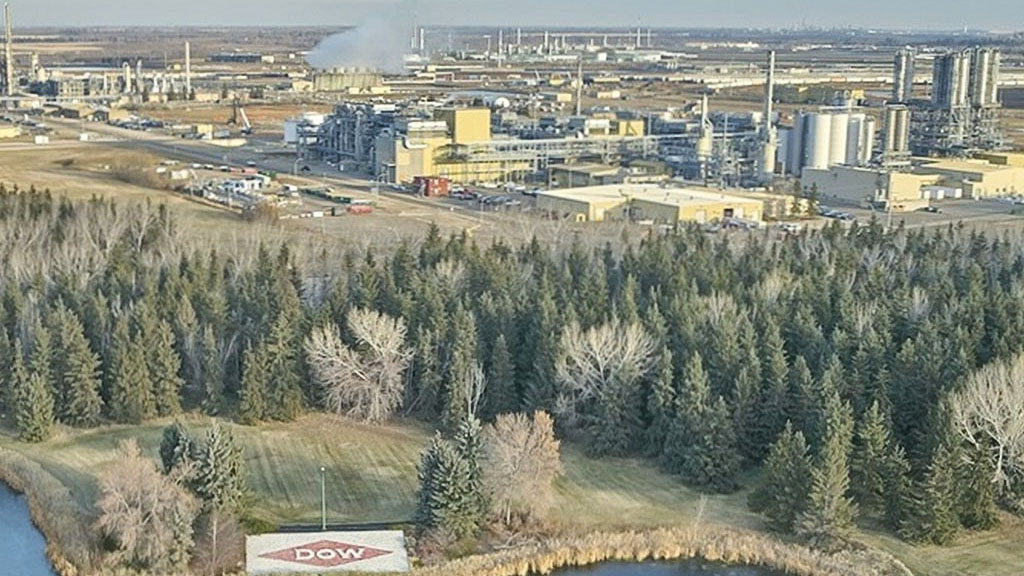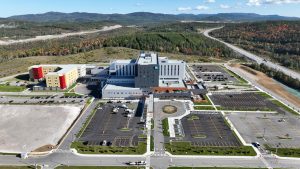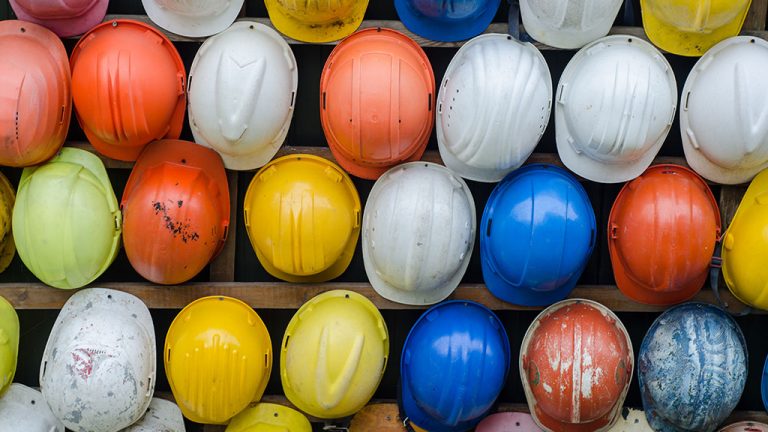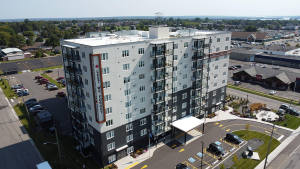EDMONTON – Dow Canada has announced it is going forward with a $9 billion net-zero ethylene cracker and derivatives facility in Fort Saskatchewan, Alta.
The project includes building a new ethylene cracker and increasing polyethylene capacity by two million MTA as well as retrofitting the site’s existing cracker to net-zero Scope 1 and 2 emissions.
“This investment by Dow is further evidence of the opportunity that exists in Alberta. We are proud that Dow has chosen to build and launch their project here. This project does not just mean net-zero emissions, it means more jobs and a stronger economy. I look forward to the next steps, including construction starting next year,” Alberta Premier Danielle Smith said in a statement.
To get to net-zero Scope 1 and 2 emissions, a Dow release said, the Fort Saskatchewan project will deploy Linde’s air separation and autothermal reformer technology to convert the site’s cracker off-gas to hydrogen, which will then be used as a clean fuel to supply the site’s furnaces.
Carbon dioxide emissions will be captured and stored with a reduction of existing emissions by approximately one million MTA of CO2e while abating all emissions from the addition of the site’s new capacity.
Board approval enables Dow to begin construction in 2024, the release said, with capacity additions going forward in phases. The first phase will be in 2027 and will add approximately 1,285 KTA of ethylene and polyethylene capacity, and the second phase starting up in 2029, adding an additional approximately 600 KTA of capacity.
Additionally, the governments of Canada, Alberta, and Fort Saskatchewan have made subsidies and incentives available to support this project and to drive innovation in low-emissions manufacturing in Canada, the release added.











Recent Comments
comments for this post are closed